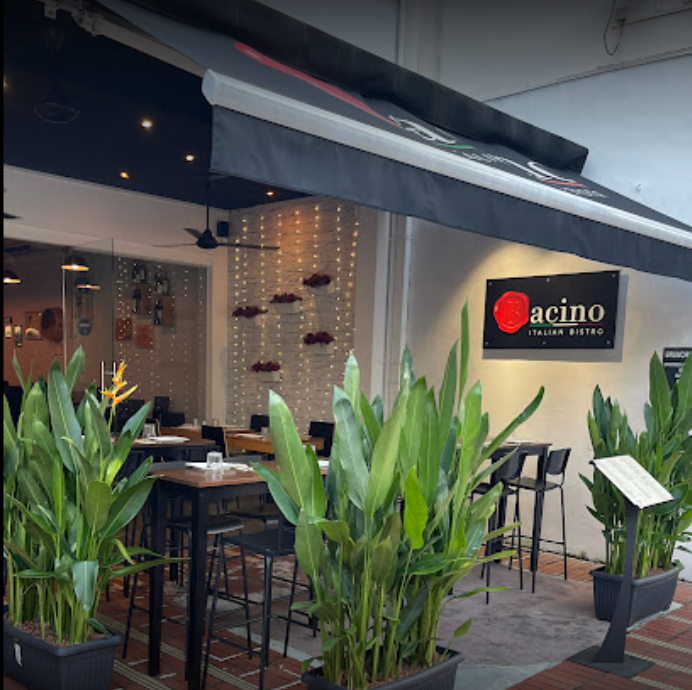Italian Cuisine: A Rich and Diverse Gastronomic Tradition
Italian cuisine is a Mediterranean culinary tradition that has evolved over centuries, incorporating ingredients, recipes, and cooking techniques developed in Italy since Roman times. This cuisine has not only spread across the globe but has also been influenced by waves of Italian diaspora. It is renowned and appreciated worldwide for its rich flavors and diverse regional specialties.
The Influence of History and Global Trade
The colonization of the Americas and the subsequent introduction of new ingredients such as potatoes, tomatoes, capsicums, maize, and sugar beet in the 18th century brought significant changes to Italian cuisine. These ingredients were incorporated into traditional recipes, creating new flavors and dishes. Italian cuisine has always been adaptable and open to incorporating influences from other cultures.
A Regional Tapestry of Flavors
Italian cuisine is deeply rooted in traditions that are common throughout the country. However, there are distinct differences between the gastronomies of the north, center, and south of Italy. These regional variations are in constant exchange, resulting in a rich tapestry of flavors and culinary traditions. Many dishes that were once specific to certain regions have now proliferated with variations across the country.
Italian cuisine offers an abundance of taste, making it one of the most popular and widely copied cuisines in the world. Its influence can be seen in various other cuisines, notably Italian-American cuisine in the United States.
The Simplicity of Italian Cuisine
One of the main characteristics of Italian cuisine is its simplicity. Many dishes are made with just a few high-quality ingredients, allowing the flavors to shine through. Italian cooks rely on the quality of the ingredients rather than complex preparation techniques. This emphasis on simplicity is what sets Italian cuisine apart.
Italian Cuisine: A Global Phenomenon
Italian cuisine has a global impact, with a turnover of over €200 billion worldwide. Interestingly, many of the most popular dishes and recipes have been created by ordinary people rather than professional chefs. Italian recipes are often suitable for home cooking, respecting regional specificities and using locally sourced ingredients.
The Mediterranean diet forms the foundation of Italian cuisine, with its emphasis on pasta, fish, fruits, and vegetables. Cheese, cold cuts, and wine are also central to Italian gastronomic culture. Additionally, iconic dishes such as pizza and coffee, especially espresso, have become synonymous with Italian cuisine.
Indulging in Italian Desserts
Italian desserts have a long tradition of combining local flavors with sweet cheeses and exotic tastes. Gelato, tiramisu, and cassata are just a few examples of the famous Italian desserts, cakes, and pastries that delight the palate. Italian cuisine celebrates the fusion of flavors and textures, resulting in a delightful array of desserts.
Preserving Tradition and Protecting Specialties
Italian cuisine heavily relies on traditional products, and many of these specialties are protected under EU law. Italy is not only the world’s largest producer of wine but also boasts the widest variety of indigenous grapevine varieties. This commitment to preserving tradition ensures that Italian cuisine continues to evolve while staying true to its roots.
In conclusion, Italian cuisine is a culinary treasure that has captivated the world with its simplicity, rich flavors, and diverse regional specialties. From the simplicity of its ingredients to the fusion of flavors in its desserts, Italian cuisine offers a delightful culinary experience that is enjoyed by people worldwide.














































































